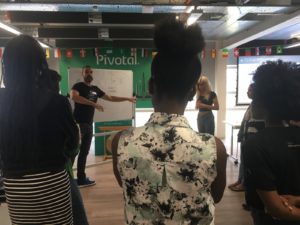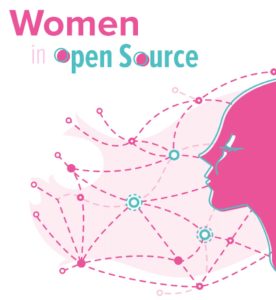Just next week, I will be speaking on the keynote stage at Cloud Foundry Summit in Philadelphia. This gives me the chance to think about how we use Cloud Foundry at c-com and what makes it the right choice for us.
As a digitization unit within an industrial corporation, we are focused around logistic and production processes. Having started with SAP as our sole cloud solution provider, we have recently explored other terrains such as AWS, GCP, IBM Bluemix and Alibaba Cloud. SAP’s connectivity with their ERP systems as well as the HANA database system are still key to our operations. However, thinking about geographies where SAP’s Cloud Platform is not available yet or services which are not provided, we were faced with the need to expand. But who should learn how to operate all these clouds? What languages, services, procedures and contracts wait for us?
Luckily, some of my developers had experience with several of these cloud options before, making getting into AWS and GCP easy from a development point of view. In another project with IBM, we realized that Bluemix was building on Cloud Foundry too. This made learning another programming language more enjoyable for the involved developers since they were familiar with the deployment and operation part already.
Approaching the next public cloud offering, one of our first questions was: Do you offer a managed Cloud Foundry environment? We were relieved to receive a positive answer, meaning we could scale our operations to Alibaba as well.
Based on these stories, I want to summarize our three most important learnings:
- Putting all your eggs in one basket limits your ability to innovate, but it is also a good starting point if you are new to public cloud platforms.
- Every cloud platform has its own operation, billing, data privacy agreements and terms. Patterns such as pay-per-use, credit-card payment and operational dashboards are seen across multiple providers, but it takes more than a few cloud-savvy engineers to cover operations and procedures for a stable application.
- Establish your own Cloud Foundry practices on one platform, then scale it to others. For us, Cloud Foundry has become the primary way of building new applications – independent from the cloud provider. We can reuse many scripts and practises run in China they same way we do in the US and in Europe, although we are using different public cloud offerings.
Read more about our journey with Cloud Foundry in the full user story here.
I am looking forward seeing you in Philadelphia next week. Feel free to approach me to discuss your multi-cloud learnings — and catch me on the keynote stage on Thursday, April 4th, alongside other Cloud Foundry users at DICK’s Sporting Goods and Liberty Mutual.





